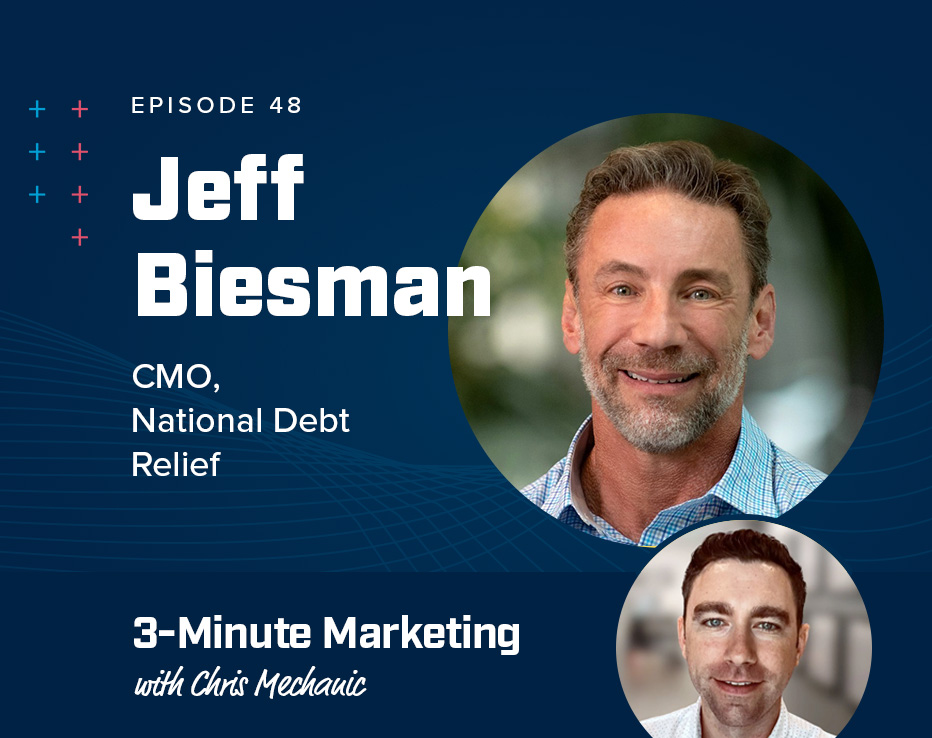
How to Improve ROI in Digital Marketing: A No-Nonsense Guide
You know the drill. Return on Investment (ROI) in the digital marketing world is all about the benjamins – the profits or benefits you’re raking in compared to what you’re shelling out on your marketing strategies. If you’re in the game to win it, boosting your ROI isn’t just a good idea, it’s vital. Ready to level up? Let’s dive in
Understanding ROI in Digital Marketing
Before diving into advanced strategies, it’s essential to grasp the significance of Return on Investment (ROI) in digital marketing. At its core, ROI measures the profit you earn from your marketing efforts compared to the amount you spend. But in digital marketing, ROI isn’t just about financial returns—it’s also about evaluating the effectiveness of your campaigns across various metrics like leads, conversions, and customer engagement.

To calculate ROI, you can use a basic formula:
ROI = (Revenue – Cost) / Cost x 100
This formula gives you a clear percentage that shows whether your digital marketing efforts are delivering value. However, not all campaigns are designed to generate immediate revenue. Some may focus on long-term goals like brand awareness, engagement, or lead nurturing, which are harder to measure in monetary terms but still impact your overall marketing success.
Tracking ROI at each stage of your marketing funnel is crucial. It allows you to see how different tactics contribute to your long-term goals and help optimize your strategy for the best possible returns.
Now, let’s explore how the marketing funnel plays a role in driving those results.

The Lowdown on the Marketing Funnel
Picture a funnel – wide at the top, narrow at the bottom. That’s your customer’s journey from their first “Hello” to your brand, all the way to “Take my money”. Understanding this funnel isn’t just Marketing 101, it’s the key to unlocking lead generation and conversion.
Marketing funnels can vary slightly based on the company and industry. However, in general, a basic marketing funnel includes the following stages:
- Awareness
- Consideration
- Evaluation
- Purchase
Targeting customers at every stage of the funnel is essential to driving conversions. It’s important to ensure you’re engaging them with the right messaging and tactics at each phase, helping them move seamlessly through their journey.
3 of the Ways to Improve ROI in Digital Marketing
Boosting your digital marketing ROI requires more than just investing in the latest trends or tools. By focusing on key strategies that directly impact customer engagement and lead generation, you can optimize your efforts for better results. Below are three proven techniques to enhance your ROI.
1. Downselling to a Higher Funnel Download
In digital marketing, it’s common to face the challenge of visitors who are interested but not quite ready to make a purchase or opt for a premium service. These potential customers often leave without taking any action, which means you could be missing out on valuable leads. To combat this, you need a strategy that keeps these hesitant visitors engaged without overwhelming them with a hard sell.
Enter downselling, your new secret weapon. It’s all about offering a more affordable (or even free) product or service to a customer who’s not quite ready to part with their cash for your premium offer. How do you make it happen? With an exit intent popup. This cheeky little message pops up when a visitor is about to ghost your website without filling out your lead form. Offering a higher funnel download, like a free eBook or discount code, can keep them in your orbit. It’s a win-win: you keep a potential customer on the hook, and they move further down the sales funnel.
2. The Power of Asking the Right Questions
If your lead forms are just asking for names and email addresses, you’re missing a trick. Throw in some qualifying questions to gather the intel you need about your potential customers. You can uncover their needs, their likes, and where they’re at in the buying process. This goldmine of information can help you pinpoint where your most qualified leads are coming from, be it a specific marketing channel or campaign. If you find your qualified leads are flocking from a particular social media campaign, you know where to focus your firepower.
3. Boosting Your Contact Rate with a Scheduler Form
A scheduler form is like a golden ticket for your potential customers, letting them schedule a call or meeting with your team right from your website. It’s a game-changer for boosting your contact rate, cutting out the endless email ping-pong to find a suitable time. Plus, it makes life easier for your customers, making them more likely to stick around. To get it right, make sure your scheduler form is easy to find, a breeze to use, and synced with your team’s calendars.
Achieving Long-Term ROI Success
Boosting your ROI in digital marketing? It’s all about understanding your customer’s journey, keeping potential customers on the hook, mining your lead data for insights, and making contact with your team a piece of cake. Put these strategies to work, and you’re not just upping your digital marketing ROI, you’re creating a marketing approach that’s effective, customer-centric, and ready to deliver results.ices outlined in this blog, you can optimize your JavaScript websites for better SEO performance.
Most newsletters suck...
So while we technically have to call this a daily newsletter so people know what it is, it's anything but.
You won't find any 'industry standards' or 'guru best practices' here - only the real stuff that actually moves the needle.







